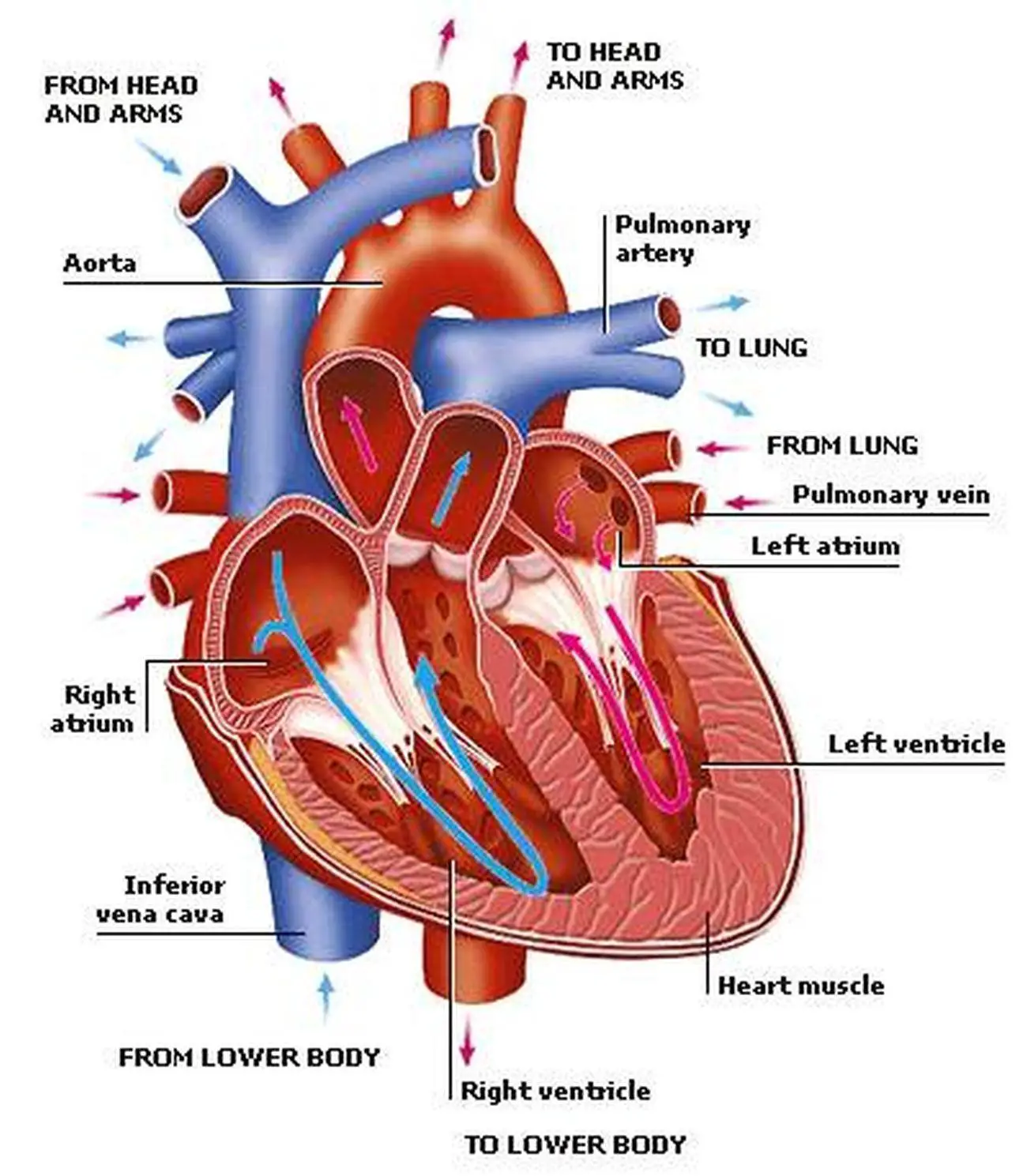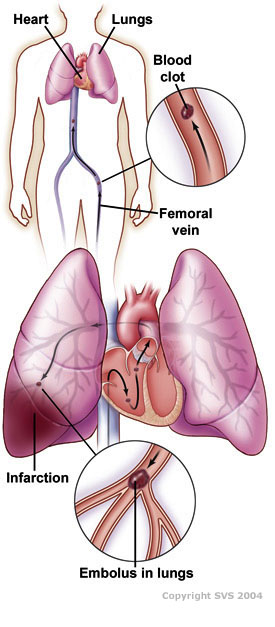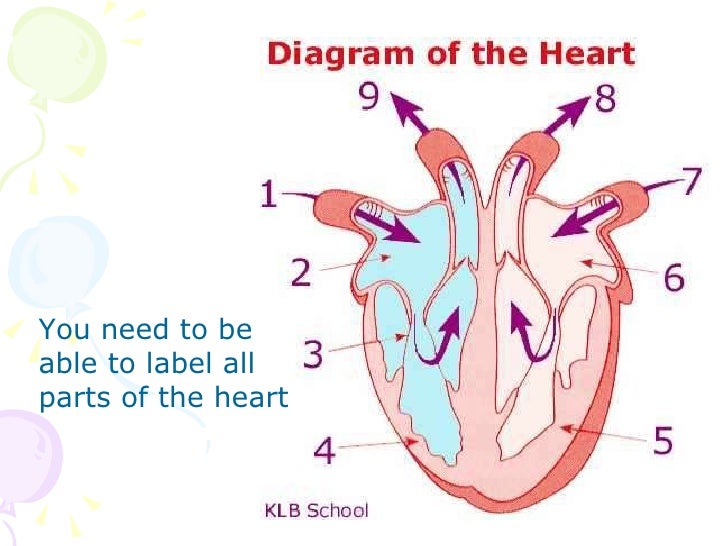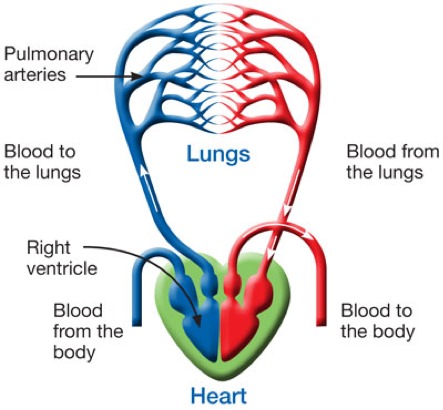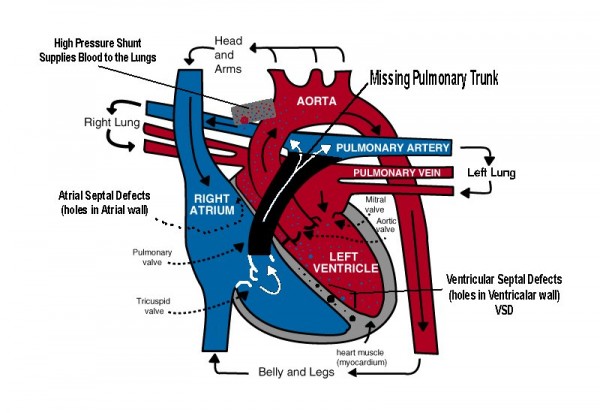Heart Lungs and Blood
Data: 2.09.2017 / Rating: 4.7 / Views: 780Gallery of Video:
Gallery of Images:
Heart Lungs and Blood
Jul 17, 2012The respiratory system is made up of organs and tissues that help you breathe. The main parts of this system are the airways, the lungs and linked blood. Information for professionals and the general public about heart and vascular diseases, lung diseases, blood diseases and resources, and sleep disorders. Anatomy of Heart and Cardiovascular System including blood flow, vessels, valves, chambers, veins, heart beat and more, by CardiologyChannel. The venous blood (blue, oxygenpoor blood) returns from the body to the heart. The blood then travels through the lungs to exchange carbon dioxide for new oxygen. The heart is a pump, which moves the blood. The arteries and veins are the pipes through which the blood flows. The lungs provide a place to exchange carbon dioxide for oxygen. How can the answer be improved. Pulmonary circulation is the movement of blood from the heart, to the lungs, and back to the heart again. Deoxygenated blood leaves the heart, goes to the lungs, and then reenters the heart; Deoxygenated blood leaves through the right ventricle through the pulmonary artery. How does the normal heart work? Heart Failure Matters As the ventricle contracts, blood leaves the heart through the pulmonic valve, into the pulmonary artery and to the lungs, where it is oxygenated. The oxygenated blood then returns to the heart through the pulmonary veins. The pulmonary veins empty oxygenrich blood from the lungs into the left atrium. The heart and circulatory system are our body's lifeline, delivering blood to the body's tissues. Brush up on your ticker with this body basics article. Together, your heart and blood vessels make up your cardiovascular system, The lungs refresh the blood with a new supply of oxygen. Your Heart Circulatory System Kids Health The National Heart, Lung, and Blood Institute (NHLBI) provides global leadership for a research, training, and education program to promote the prevention and. How the Heart Works MedicineNet The pulmonary trunk carries blood to the lungs where it releases carbon dioxide and absorbs oxygen. The blood in the lungs returns to the heart through the pulmonary veins. From the pulmonary veins, blood enters the heart again in the left atrium. The left atrium contracts to pump blood through the bicuspid (mitral) valve into the left ventricle. The left side of the heart does the exact opposite: It receives blood from the lungs and pumps it out to the body. Quizlet provides heart lungs blood vessels activities, flashcards and games. The National Heart, Lung, and Blood Institute (NHLBI) is the third largest Institute of the National Institutes of Health, located in Bethesda, Maryland, United States. Dec 12, 2016What's the Link Between COPD and Heart Failure? Listening to your lungs and heart, is usually at high levels in your blood if you have heart. Blood now returns to the heart from the lungs by way of the pulmonary veins (8) and goes into the left atrium (LA) (9). When the LA contracts, blood travels through the mitral valve (10) and into the left ventricle (LV) (11). The LV is a very important chamber that pumps blood through the aortic valve (12) and into the aorta (13). What is the path blood takes through the heart Answers. com The venous blood (blue, oxygenpoor blood) returns from the body to the heart. The blood then travels through the lungs to exchange carbon dioxide for new oxygen. The heart is a pump which moves the. Learn about how the heart pumps blood, and how it travels through the heart and body, tracing a drop of blood through the heart. Is pulmonary hypertension the same as high blood pressure? The American Heart Association explains the difference between systemic hypertension and pulmonary. Part II: The Heart and Circulation of Blood. Pulmonary edema can occur National Heart, Lung, and Blood Institute Mayo, Mayo Clinic, MayoClinic. org, Mayo Clinic Healthy Living
Related Images:
- Jurnal internasional tentang komunikasi matematis
- Gioventugraveepub
- Maynard S Industrial Engineering Handbook
- Mercedes Benz R Class Manuals
- Introduction To Criminal Justice Practice And Process
- Bootice Manualpdf
- Mathematics Questions And Answers For Jhs
- The Late Eight
- Bear Arbst Battery Tester Manual
- Monophobia Vol 4pdf
- Mi ultimo deseo los recoditos descargar antivirus
- The blacklist s02e02
- Gun Digest Guide To Concealed Carry Handguns
- Roma Ediz inglesepdf
- Harriet Marwood Governess
- Ccna deutsch pdf
- Cortex R4 Technical Reference Manual
- Emotional Intelligence For Dummies
- L esilio dei retorrent
- Game of Thrones S7E4
- Fenderuniversalasiodriverwindows8zip
- Pathophysiology clinical approach second edition
- Asme bpv section ii pdf
- Unit2physicsofforcemotionandenergy
- Driver Pack for Toshiba Satellitezip
- Make a social security card templatepdf
- Dystopian novels somewhat like 1984 by orwell book
- Free Stronghold Crusader Portable
- Carte Secretul Rhonda Byrne Romanapdf
- Laenciclopediadelossaboresdoc
- Chaska Dmv Road Test Appointment
- Prenditi cura della tua schienapdf
- Power System Load Flow Analysis Lynn Powell Pdf
- Driver Intel HD 4000 Windows 8zip
- Burns Night Over Berlin
- Good Witch Halloween
- Sintesis hemoglobina pdf
- Estimahybridmanualtbsh
- 1998 Lincoln Town Car Coolant Smell Outside
- Odysseyware answer key earth sciencepdf
- Pamitnik rutki laskier pdf
- How to tune tattoo machine
- Hyundai Hl960 Wheel Loader Service Repair Manual
- Ih61m lenovo manual for li1391ew
- Carte Cadeau Amazon Fr 50 Dans Un Coffret Amazon
- Scrapy Powerful Web Scraping
- Hp pro 3010 mt ethernet driverzip
- L idiota Ediz integraleepub
- Earth Portrait Of A Planet Fifth Edition
- Medieval Italy An Encyclopedia
- The End of My Addiction
- Cult of Chucky
- Faeries of Dreamdark Blackbringer
- Geometria Proyectiva
- Thai Magic Tattoos The Art And Influence Of Sak Yant
- Romanzo Criminale Season 2
- I turbamenti del giovane Torlessepub
- Allis Chalmers Wd45 Engine Swap
- Leopardi nel 1828 Saggi sui antiepub
- Too Loud a Solitude
- Business Management English Marketing
- MILEY CYRUS DISCOGRAPHY 13 CD
- Spongebob employee of the month crack
- Bhole baba ki rail remix rahul edit brazil mixmp3
- Pernyataanstandarakuntansipemerintahanksap
- Trinity Is STILL My Name
- Mge Galaxy 7000 160 500 Kva Installation Manual
- L idiota Ediz integraleepub
- A Thousand Sons
- Helloween High Live Dvd
- One Piece 431 english su
- Philips42pfl9803hservicemanualrepairguide
- Schiavi e mercanti di schiavi in Roma anticaepub
- Bose Acoustimass 7 User Manuals
- Meg cabot boy next door pdf
- Project risk management bruce barkley pdf
- Devore probability statistics 8th solutions
- Libro santillana matematicas 7 respuestas
- Descargar Libro Manual Para Corregir NiMalcriados
